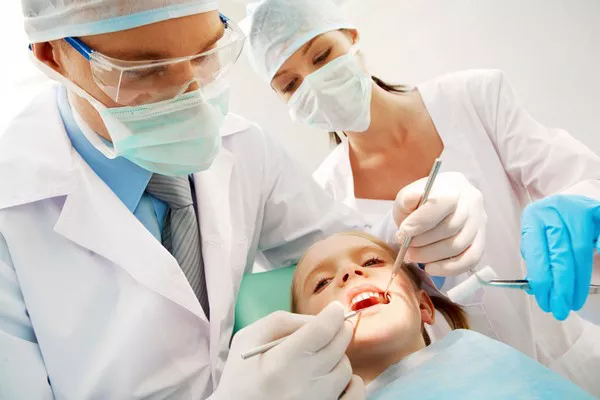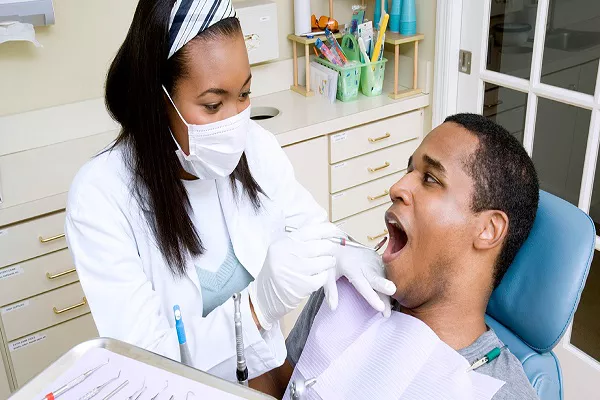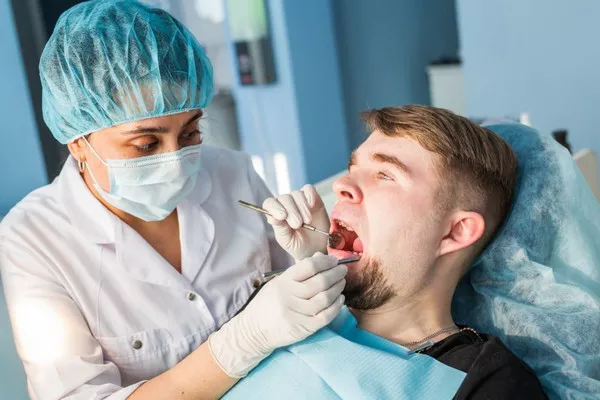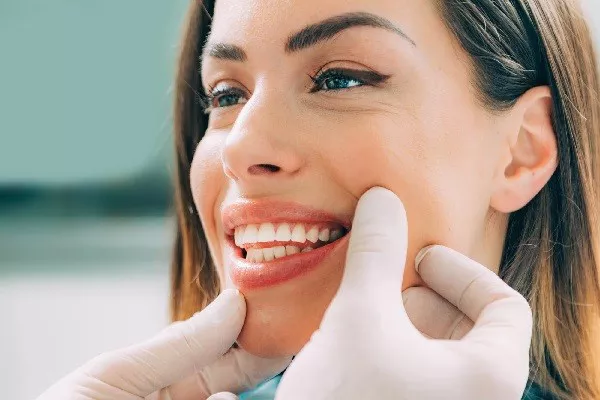Maintaining good oral hygiene is crucial for a healthy and confident smile. One common dental issue that many individuals encounter is the development of yellow plaque between teeth. This unsightly buildup of plaque can not only affect the aesthetics of your smile but also lead to more serious dental problems if left untreated. In this comprehensive guide, we will explore the causes of yellow plaque between teeth and provide you with effective strategies for its removal and prevention.
Understanding Yellow Plaque Between Teeth
Yellow plaque between teeth, often referred to as interdental plaque or interproximal plaque, is a soft, sticky film of bacteria and food particles that accumulates in the tight spaces between your teeth. Plaque can vary in color, but it often takes on a yellowish hue due to the presence of bacteria and their metabolic byproducts.
The primary causes of yellow plaque between teeth include:
Poor Oral Hygiene: Inadequate brushing and flossing can lead to the buildup of plaque between teeth. When you don’t remove food particles and bacteria from these areas regularly, plaque can flourish.
Diet: Consuming sugary or starchy foods provides a food source for the bacteria in your mouth. These bacteria feed on these sugars, producing acids that contribute to plaque formation.
Dry Mouth: A lack of saliva in the mouth can contribute to plaque buildup. Saliva helps rinse away food particles and bacteria, so a dry mouth can make it easier for plaque to accumulate.
Irregular Dental Check-ups: Infrequent dental check-ups and cleanings can allow plaque to accumulate and harden into a substance known as tartar or calculus. Once tartar forms, it cannot be removed through regular brushing and flossing alone.
Smoking and Tobacco Use: Smoking and using tobacco products can increase the risk of plaque buildup and other dental problems due to the chemicals and reduced saliva flow associated with these habits.
The Consequences of Yellow Plaque Between Teeth
Allowing yellow plaque to accumulate between your teeth can lead to a range of dental issues and potential health risks, including:
Tooth Decay: Plaque buildup can lead to the development of cavities, which can cause pain, sensitivity, and require dental fillings.
Gum Disease: When plaque is not removed, it can harden into tartar, which irritates the gums and can lead to gingivitis (early stage gum disease) or more severe periodontal disease if left untreated.
Bad Breath: Plaque and the bacteria it harbors can contribute to persistent bad breath, also known as halitosis.
Tooth Discoloration: The yellowish color of plaque can also contribute to tooth discoloration and affect the appearance of your smile.
Systemic Health Risks: Some research suggests a potential link between poor oral health, including excessive plaque buildup, and systemic health issues such as heart disease and diabetes. While the exact relationship is still being studied, maintaining good oral hygiene is essential for overall health.
How to Remove Yellow Plaque Between Teeth
Now that we understand the causes and consequences of yellow plaque between teeth, let’s explore effective ways to remove and prevent it:
Regular Brushing: Brush your teeth at least twice a day, using a soft-bristle toothbrush and fluoride toothpaste. Pay extra attention to the spaces between your teeth, using gentle circular motions to dislodge plaque.
Flossing: Flossing is a crucial step in removing plaque from between teeth. Use dental floss or interdental brushes to clean these tight spaces thoroughly. Make sure to be gentle to avoid damaging your gums.
Mouthwash: An antimicrobial mouthwash can help kill bacteria and reduce plaque. Rinse your mouth according to the manufacturer’s instructions, typically after brushing and flossing.
Tongue Scraper: Cleaning your tongue with a tongue scraper can help remove bacteria and food particles that contribute to plaque buildup and bad breath.
Regular Dental Check-ups: Schedule regular dental check-ups and cleanings with your dentist or dental hygienist. They can remove any tartar buildup and provide professional guidance on your oral hygiene routine.
Proper Diet: Limit sugary and starchy foods in your diet, as these can provide a breeding ground for plaque-causing bacteria. Choose a balanced diet rich in fruits, vegetables, and lean proteins.
Stay Hydrated: Drink plenty of water to maintain saliva production, which helps rinse away food particles and bacteria.
Quit Smoking and Tobacco Use: If you smoke or use tobacco products, quitting can improve your oral health and reduce plaque buildup.
Use Dental Picks or Interdental Brushes: Dental picks and interdental brushes are helpful tools for reaching and cleaning between teeth, especially if you have tight spaces or braces.
Consider Electric Toothbrushes: Electric toothbrushes with interdental brush heads can be effective in removing plaque between teeth.
Conclusion
Yellow plaque between teeth is a common dental concern, but it’s one that can be effectively managed and prevented with proper oral hygiene practices. Regular brushing, flossing, mouthwash use, and dental check-ups are essential components of maintaining a healthy and plaque-free smile. By following these steps and making informed choices about your diet and lifestyle, you can enjoy excellent oral health and a radiant smile for years to come. Don’t hesitate to seek guidance from your dentist for personalized advice on managing and preventing plaque between your teeth.
Related Topics:



























